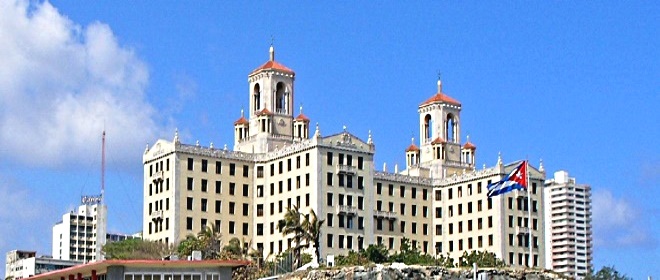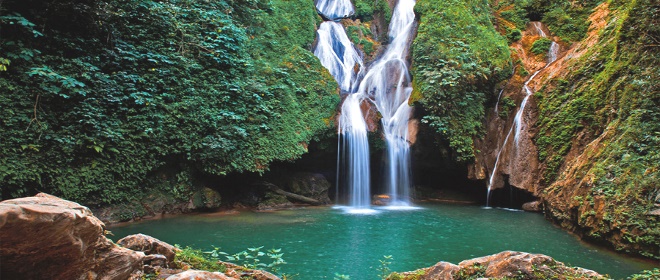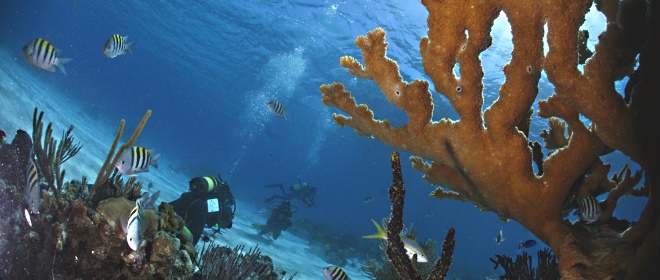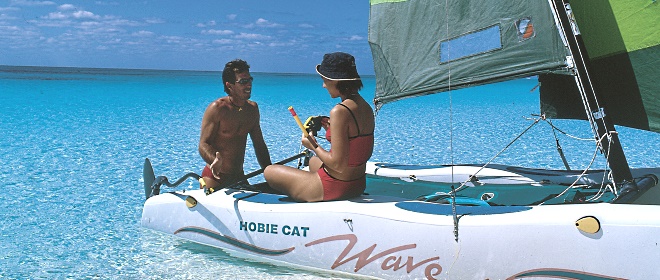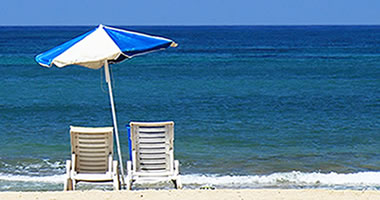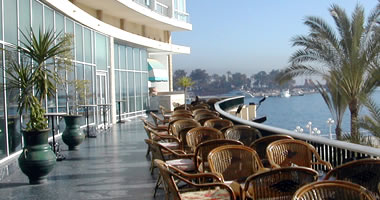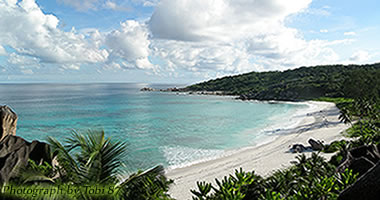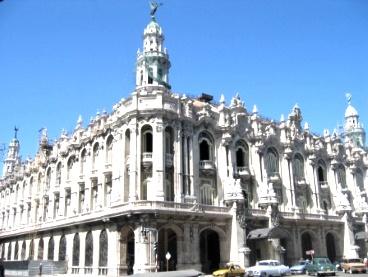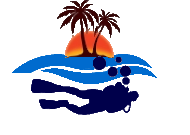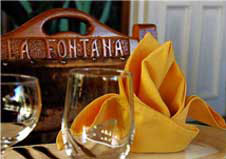Cuban provinces: The Isle of Youth
The special municipality named Isle of Youth, the largest of the more than 600 isles forming the southern Archipelago of Los Canarreos, is called by many the "isle of the thousand names".
Natives used to call it Camarcó at the time it was discovered on his second journey, June 13 of 1494, by the admiral form Genova Christopher Colombus, who at the time named it La Evangelista. Isle of the Treasure and Isle of the Parrots were names also given to this place before Spain decided to colonize it at the beginning of the XIX century, turning it into the colony of Reina Amalia (Queen Amalia), founding its capital, Nueva Gerona, on December 17 of 1830.
Under the domain of the peninsula, it started to be called Isle of the Exiles, because it was precisely the place where those who opposed the metropolis used to be imprisoned; afterwards it was named Isle of Pines, until 1975 when the name changed to Isle of Youth.
Little more than 100 kilometers south of Batabanó, in the province of Havana, this enormous isle of capricious shape and some 2 200 km2 of surface "which makes it the second largest one of the Cuban archipelago" was for more than three centuries a compulsory stop for all pirates and corsairs sailing in the waters of the Caribbean Sea.
Threatened by England, requested by Belgium to be sold to them, and disputed by the United States, it also served as a settlement for colonies of immigrants from Japan and the Cayman Islands, who settled in the southeast side of the territory between 1903 and 1910, where they founded a villa under the name of Jacksonville.

